Research Misconduct Analysis: Chalkman University Case Study Report
VerifiedAdded on 2022/08/25
|5
|905
|19
Report
AI Summary
This report analyzes a research misconduct case involving Professor Friedrich Jahnhoff, an oncology researcher at Chalkman University. The report addresses the allegations of data plagiarism, arrogant behavior, and sexual overtures made against him. It explores the professor's personal attributes, the characteristics of senior researchers involved in misconduct, the motivations behind intellectual dishonesty, and potential defenses against the accusations. The analysis draws upon provided references, including lecture slides and scholarly articles, to provide a comprehensive understanding of the case and the broader issues of research ethics and academic integrity within the context of a Masters of Research Administration assignment. The report aims to offer a detailed examination of the situation, supported by relevant literature, to assess the complexities and potential consequences of the alleged misconduct.
1 out of 5
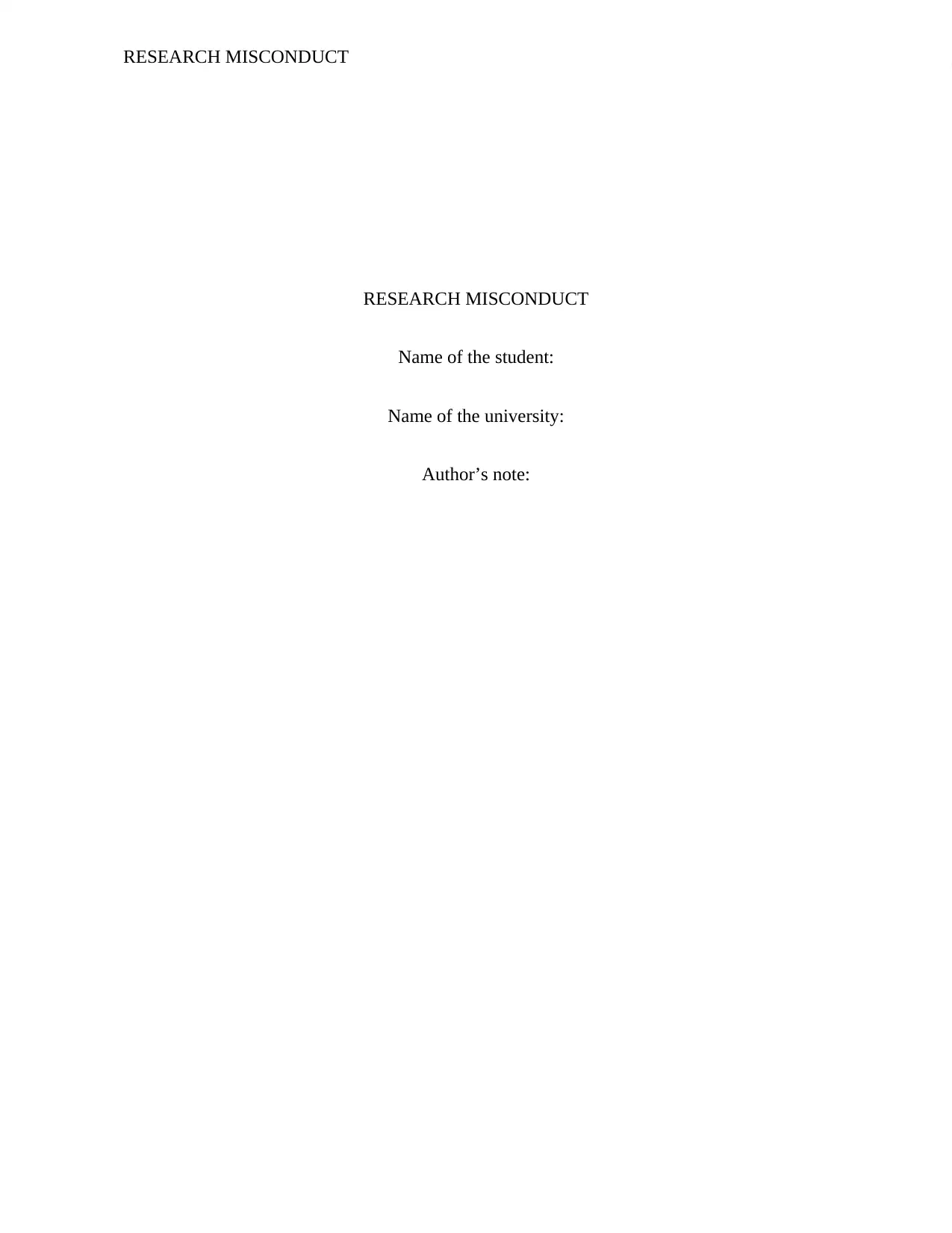
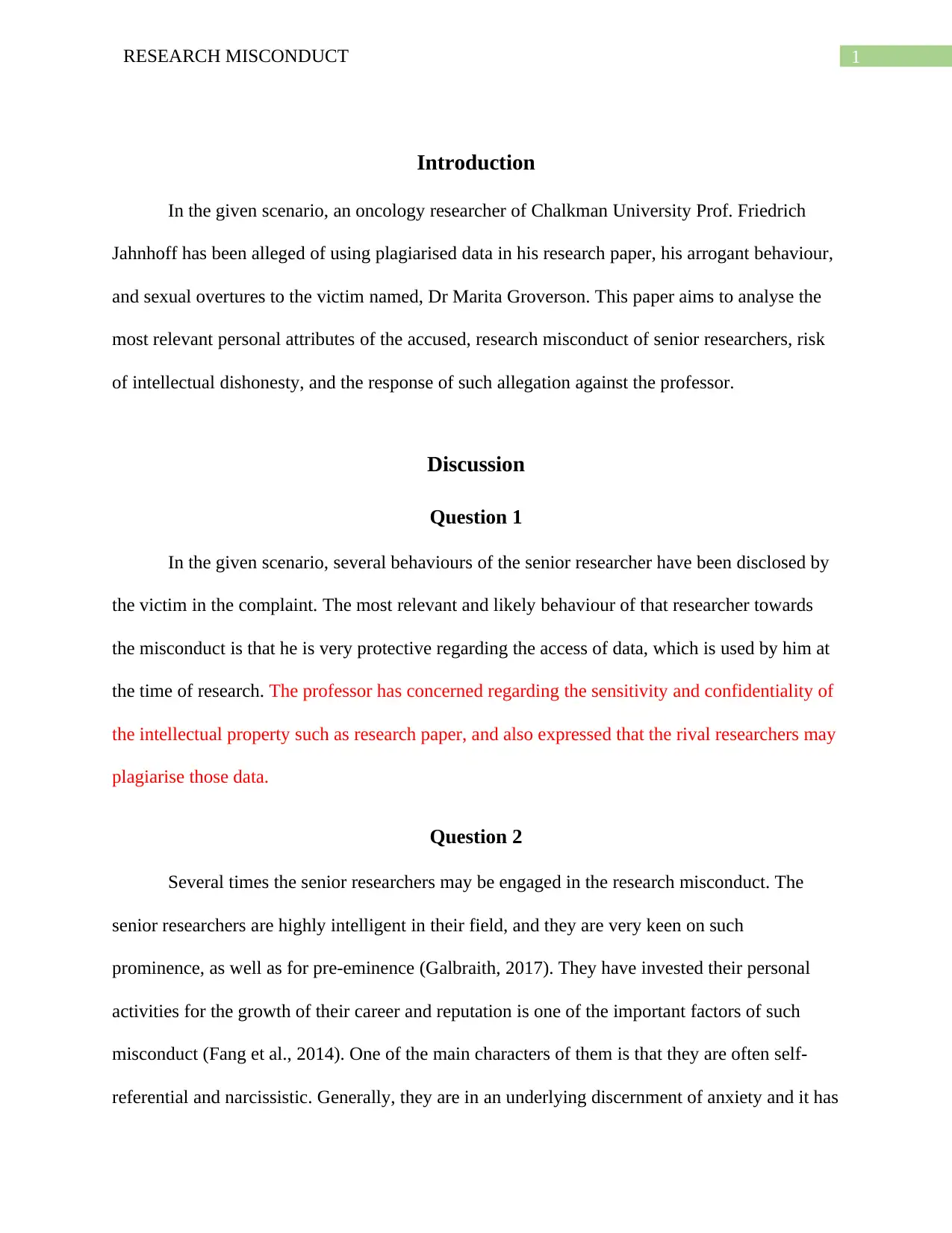
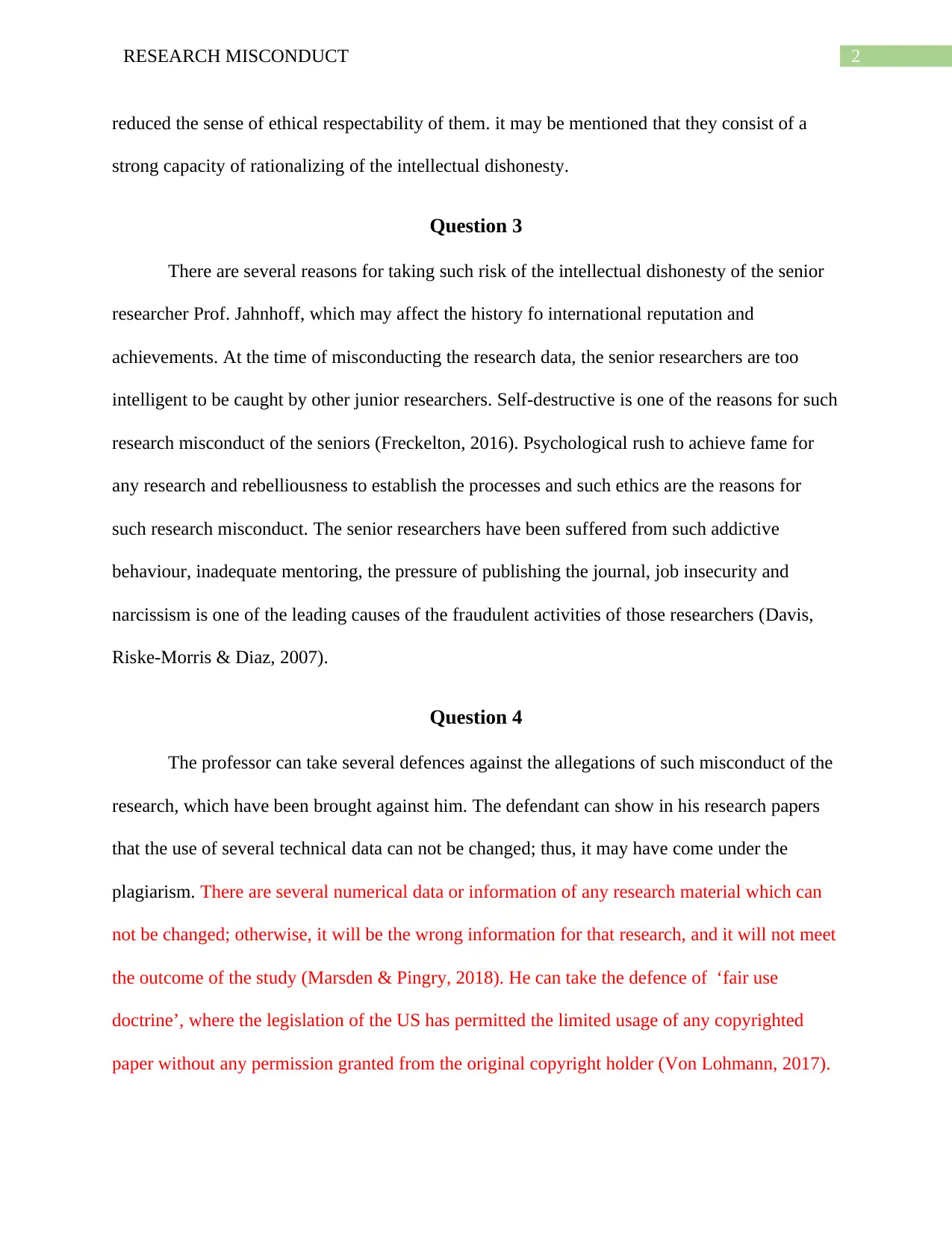

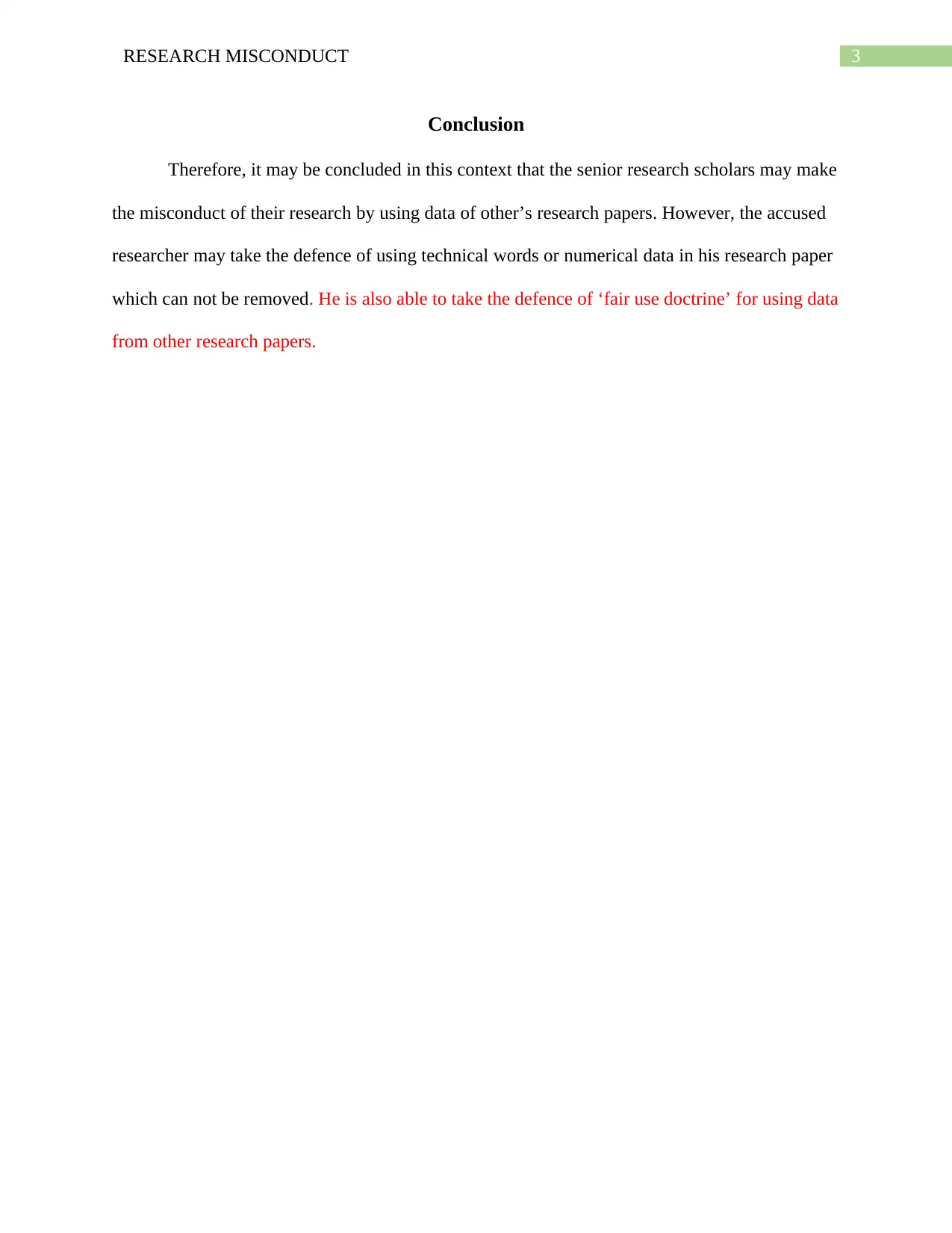
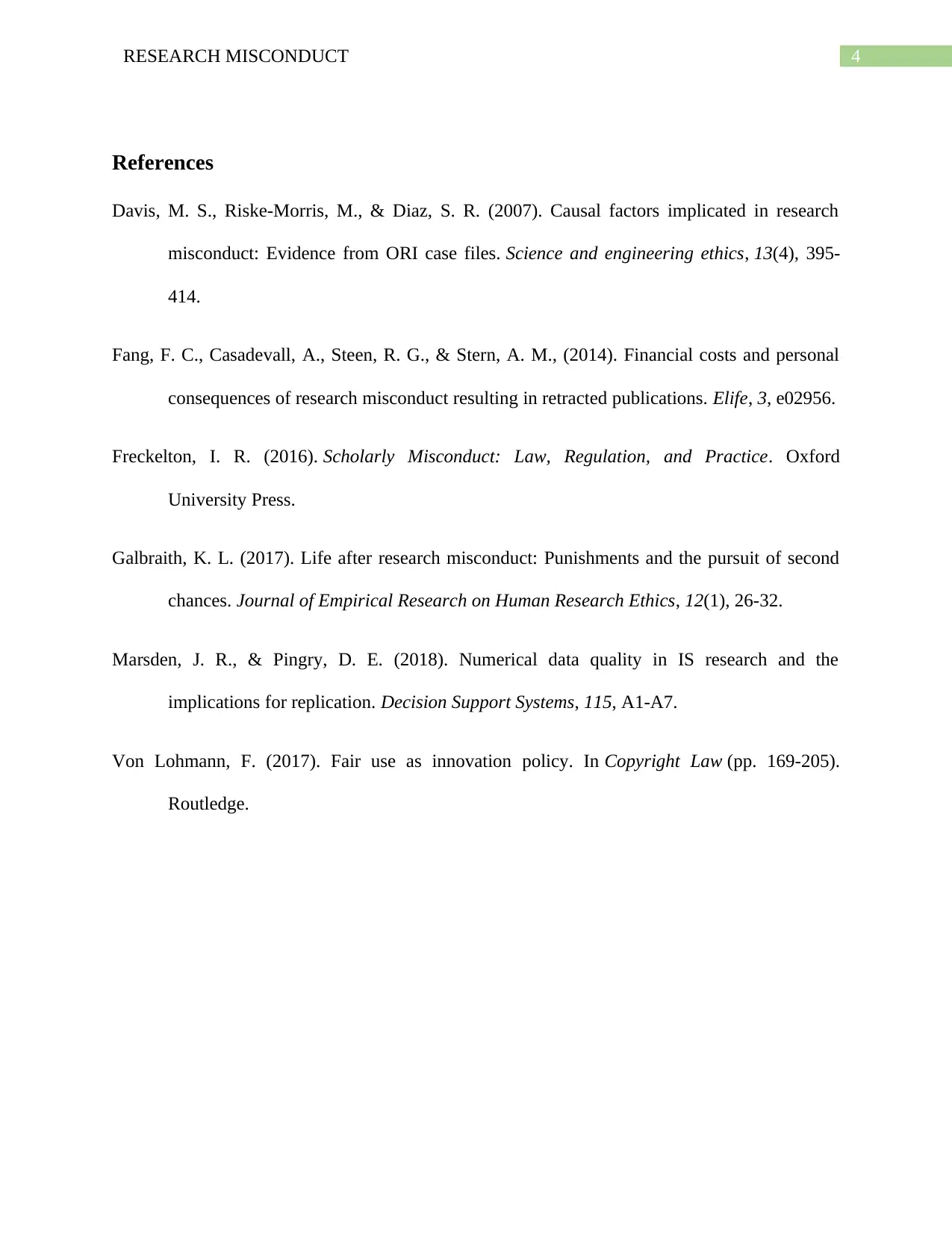




![[object Object]](/_next/static/media/star-bottom.7253800d.svg)